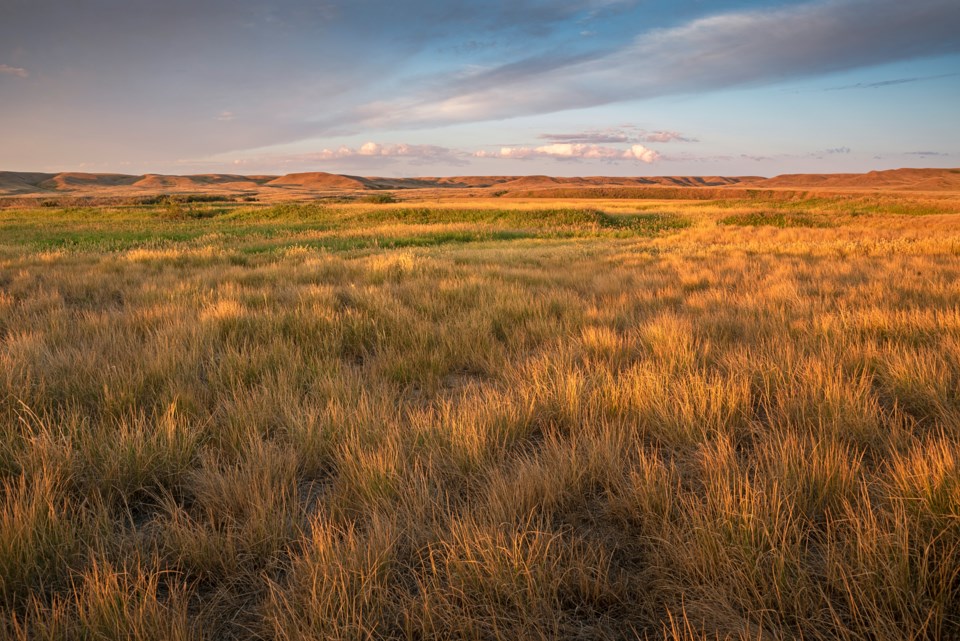In which direction is Saskatchewan going when it comes to protected places and what is the government doing to increase or at the very least retain protected places in Saskatchewan?
Canada’s native grasslands are among the most endangered biomes on the planet. Sadly, it is estimated that less than 14 per cent of native grasslands in Saskatchewan including aspen woodlands remain in southern Saskatchewan. The health of these lands is of critical importance. They support many plants and animals, including at least 30 species at risk, they store carbon and protect our land from the effects of climate change and they contribute directly to the economy and livelihoods of local people.
In 1992, Saskatchewan signed on to the “Statement of Commitment to Complete Canada’s Network of Protected areas” and at that time 12 per cent was set as the target for formally protecting a percentage of each province’s total area. This target has not been updated since it was created. When other governments (international, federal and provincial/territorial) recently updated their own biodiversity goals and targets to 25 and 30 per cent of the land base, Saskatchewan did not. Saskatchewan continues to fall behind other provinces and territories when it comes to officially protected places. The province has designated protection for less than 10 per cent of its land base.
Starting in 2010, the government of Saskatchewan took steps to remove protection and conservation management from tens of thousands of acres of Crown lands in the south where we can ill afford to lose an acre.
It began with an announcement that some of the land protected under the province’s Wildlife Habitat Protection Act (WHPA) would be reclassified and then removed from the act and put up for sale. Thousands of acres of WHPA public land, once protected from sale, have been removed from the act and sold, many without conditions of protection. Land with a recognized ecological value is sold with a Crown Conservation Easement (CCE). However, fines are insignificant, monitoring and enforcement are not consistent and conditions of the CCE are often ignored.
The loss of native grasslands in Saskatchewan continues. The government of Saskatchewan has and continues to sell-off Crown lands, many acres of which hold great ecological value. It is estimated that since 2007 more than 1.5 million acres of public lands have been sold. Over time the selling of Crown grasslands leads to grassland loss. History has shown us that if the land is in any way useful to cultivation and growing of crops, it will, over time, be broken and seeded to crops. Most private lands that have not been broken are either still owned by families who value native grassland and have resisted the financial incentives to sell or convert the land to annual crop production or the land is not at all suitable to growing crops. With rising land prices, it has become affordable and even profitable for farmers and producers to convert native land cover and seed it to crops. And conversely larger farmers have begun to see any non-cropped land cover as a liability. These factors are driving an accelerated loss of habitat in farm country — in native grassland in the south and southwest and in aspen parkland bluffs and wetlands in central and east-central Saskatchewan.
Liquidating Crown land is permanent and irrevocable. We need to ensure the remaining public lands in southern Saskatchewan remain in the public domain. While the province has added protected areas in the north of the province in the past few years, there have not been any additions to the protected areas program in the prairie regions. When we remove protection and conservation programming from Crown lands — particularly in our grasslands ecoregions, which are already under so much pressure for development — we are in a sense robbing the future of its biodiversity.



